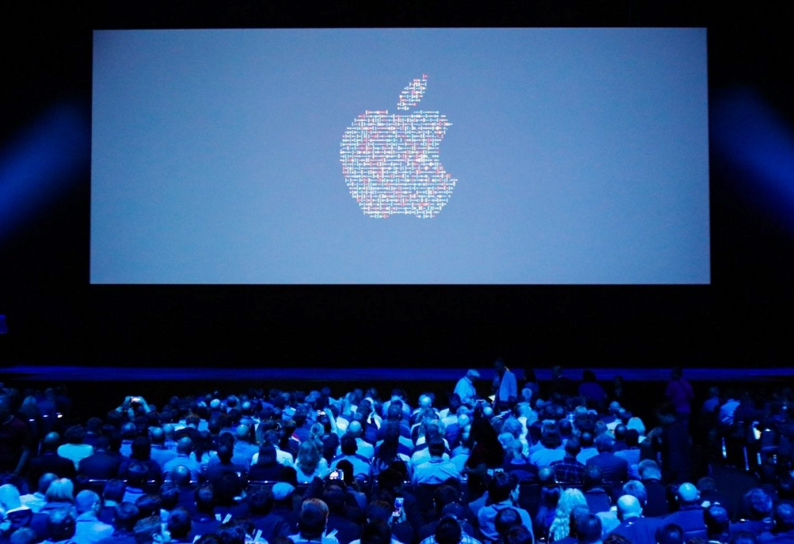Apple recently confirmed many of the pre-event speculations when it unveiled its iPhone 14 range, featuring the new A16 chip exclusively in the Pro versions. Additionally, the event showcased a new three-model Apple Watch lineup and the latest AirPods Pro. While the focus was primarily on consumers, there are still some valuable insights that businesses can glean from the announcements.
Satellite Connectivity for iPhone: An Unexpected Business Tool?
Apple’s decision to enable satellite connectivity for the iPhone might seem like a consumer-centric feature, but it could have implications for businesses as well. This move suggests that Apple doesn’t anticipate universal connectivity, emphasizing its readiness to provide connectivity in remote areas, such as maritime or hostile environments. For businesses involved in maritime operations, emergency recovery, or exploration, iPhones could become crucial emergency communication devices.
What’s particularly intriguing is Apple’s promise to offer Emergency SOS via satellite as a free feature for the next two years. This raises questions about the long-term viability and potential extensions of this feature. This feature appears to be powered by GlobalStar, and Apple’s commitment to investing in GlobalStar’s infrastructure also piques interest.
A Lesson in Product Strategy: Apple Watch
Apple’s approach to its Apple Watch lineup offers a valuable lesson in product strategy. It simultaneously lowered the cost of entry with the new, more affordable Apple Watch SE while introducing the high-end Apple Watch Ultra. This strategy caters to the diverse needs of customers, ensuring that there’s an Apple Watch for everyone. It’s a classic example of expanding market reach by offering options that appeal to different segments.
The Apple Watch Ultra, in particular, represents an aspirational product. Apple’s years of development for this device highlight the importance of continually innovating and introducing new features that customers didn’t even know they wanted. Businesses can learn from this approach by focusing on both meeting existing customer needs and exploring uncharted territory.
Dynamic Island: A New Space for Business Apps
Apple introduced Dynamic Island, replacing the notch on the Pro model iPhones. This clever use of space opens up opportunities for third-party app developers to create applications that utilize this new area effectively. For businesses, this means potential enhancements in user engagement and communication. For instance, delivery services could use this space to display delivery times, retailers could post special offers, and public transportation providers could show real-time arrival information.
This feature has the potential to enhance user experiences and interactions with business apps, making it worth exploring for developers looking to create engaging and informative applications.
Augmented Reality (AR): The Future is Closer
Apple showcased how AR and VR can augment discussions during its event. The company’s emphasis on AR and VR suggests that these technologies are inching closer to becoming integral parts of our daily lives. As Apple continues to develop AR capabilities and integrates them into its products, businesses should prepare for potential applications in industries such as retail, education, and entertainment.
Additionally, the small trackpads on the AirPods Pro may have significance in Apple’s vision of a more wearable user interface. Businesses should monitor these developments as they may offer new ways to engage with customers and employees.
Apple’s Expanding Ecosystem: Platform-Agnostic Services
Apple’s strategy of making its services platform-agnostic is a significant move. With Fitness+ now accessible to all iPhone users, regardless of whether they own an Apple Watch, Apple is expanding its reach and breaking down barriers. Businesses can draw inspiration from this approach by considering how to make their services accessible across a wider range of platforms and devices, keeping the customer experience at the forefront.
Environmental Responsibility: A Call to Action
Apple’s commitment to environmental responsibility is commendable, but it also serves as a reminder of the urgent need for all companies to take action to address climate change. As the world faces extreme weather events, businesses should prioritize sustainability and consider the environmental impact of their products and operations.
eSIM Adoption: A Shift in Business Connectivity
Apple’s move towards eSIM technology, currently limited to the US, has implications for businesses. It simplifies the deployment of corporate lines across employees and may enhance security by reducing the potential for fake IDs. However, businesses should also consider the process for transferring eSIM numbers to different devices, especially if they plan to provide employees with device flexibility.
Personalization Matters: Building Customer Relationships
Apple’s introduction of personalized engravings for AirPods Pro showcases the power of building personalized relationships with customers. Small touches like this can create a strong emotional connection between customers and a brand. Businesses can apply this lesson by finding unique ways to personalize their products or services and deepen customer loyalty.
In conclusion, Apple’s recent product launch event offers valuable insights for businesses. From exploring new connectivity options to learning from Apple’s product strategy and considering the potential of emerging technologies like AR, businesses can draw inspiration from Apple’s approach to innovation, customer engagement, and environmental responsibility.

